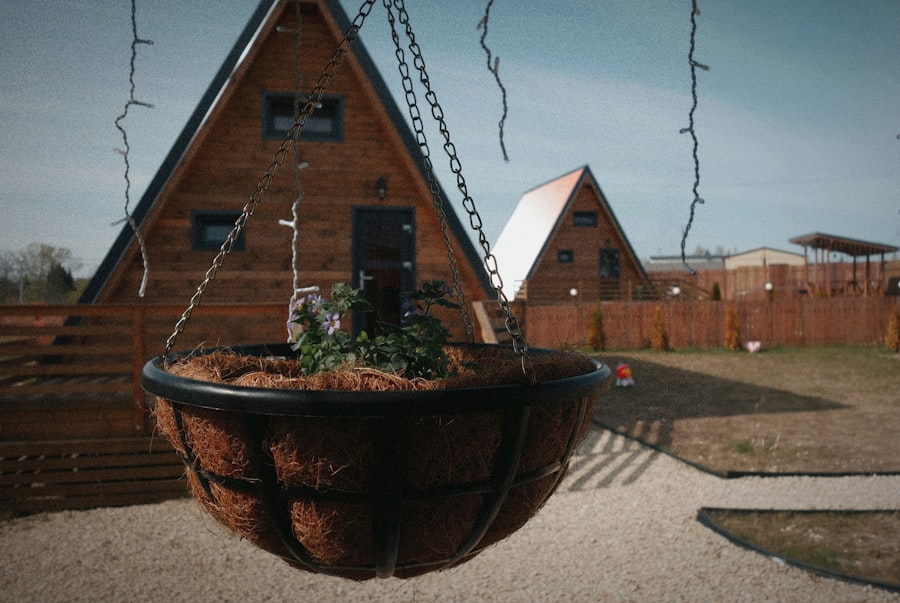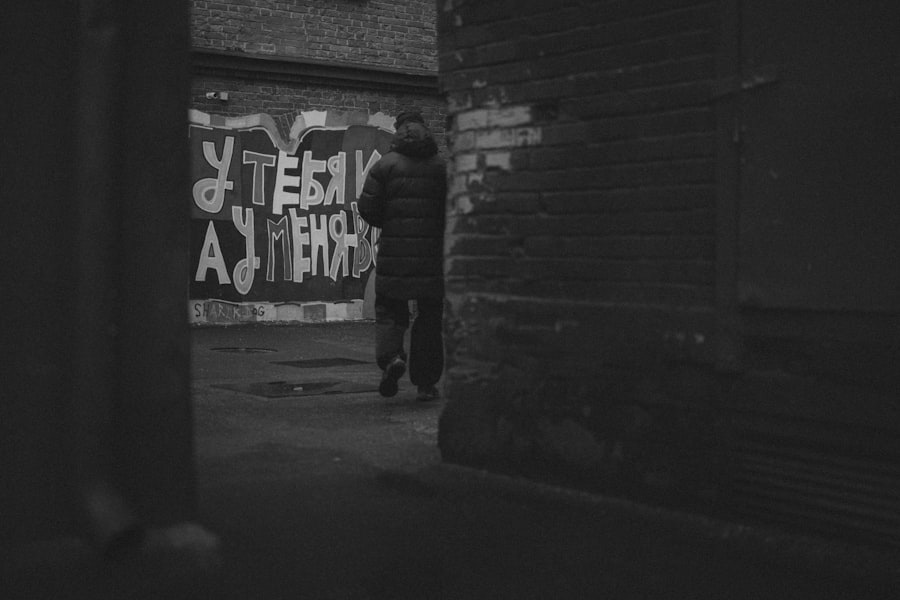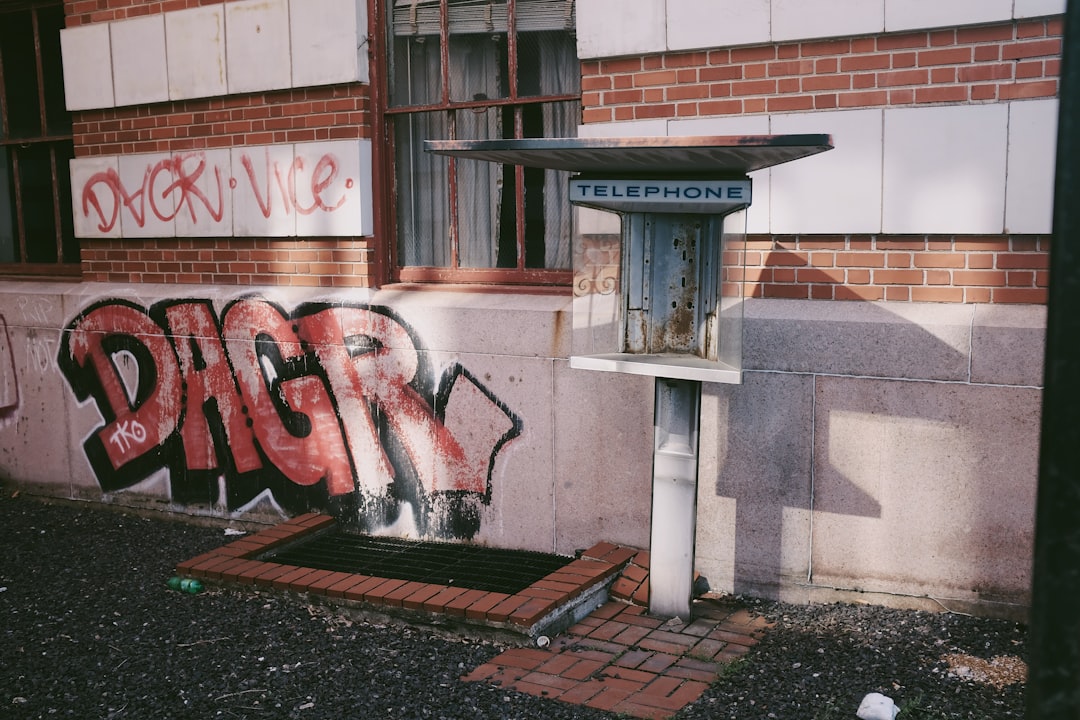In recent years, the housing crisis has emerged as a pressing issue that affects millions of individuals and families across the globe. “Rent Trap,” a compelling documentary, delves into the complexities of this crisis, shedding light on the struggles faced by renters in an increasingly unaffordable market. As you watch this documentary, you are invited to explore the multifaceted nature of housing insecurity, which is not merely a financial issue but a societal one that impacts health, education, and overall quality of life.
The film serves as a wake-up call, urging viewers to recognize the urgency of the situation and consider their role in advocating for change. The documentary presents a vivid portrayal of the challenges renters face, from skyrocketing rents to inadequate living conditions. It highlights personal stories that resonate deeply, making it clear that the housing crisis is not just statistics and headlines; it is about real people whose lives are profoundly affected by their housing situations.
As you engage with the film, you may find yourself reflecting on your own experiences or those of people you know, prompting a deeper understanding of the systemic issues at play.
Key Takeaways
- Rent Trap documentary highlights the ongoing housing crisis and its effects on renters.
- Historical policies and economic factors have contributed to the current housing affordability issues.
- Government actions and policies play a critical role in either alleviating or worsening the crisis.
- Gentrification and racial disparities significantly impact housing accessibility and affordability.
- Solutions focus on affordable housing initiatives, policy reform, and community-driven action to prevent homelessness.
The History of the Housing Crisis
To fully grasp the current housing crisis, it is essential to understand its historical context. The roots of this crisis can be traced back several decades, with various economic and social factors contributing to the current state of affairs.
However, as urban areas began to decline and wealth became concentrated in certain neighborhoods, the seeds of inequality were sown. As you delve deeper into the history, you will discover how deregulation in the 1980s and 1990s led to a shift in housing policy that favored market-driven solutions over affordable housing initiatives. This shift resulted in a decrease in public housing projects and an increase in reliance on private developers.
The consequences of these decisions are evident today, as many cities grapple with a shortage of affordable housing options. Understanding this history allows you to see how past policies have shaped the present landscape and why urgent action is needed to address these long-standing issues.
The Impact of the Housing Crisis on Renters

The impact of the housing crisis on renters is profound and far-reaching. As you consider the statistics, it becomes clear that many individuals are spending an unsustainable portion of their income on rent, often sacrificing basic necessities such as food and healthcare. This financial strain can lead to a cycle of debt and instability, making it difficult for renters to build a secure future.
You may find it alarming that many families are just one unexpected expense away from eviction or homelessness. Moreover, the psychological toll of housing insecurity cannot be overlooked. As you listen to stories from renters in “Rent Trap,” you will hear about the anxiety and stress that come with living in constant fear of losing one’s home.
This emotional burden can affect mental health, relationships, and overall well-being. The documentary emphasizes that housing is not just a roof over one’s head; it is a foundation for stability and security. By recognizing these impacts, you can better understand why addressing the housing crisis is crucial for fostering healthier communities.
The Role of Government and Policy in the Housing Crisis
| Metric | Description | Value/Statistic | Source/Year |
|---|---|---|---|
| Affordable Housing Units Built | Number of affordable housing units constructed annually | 120,000 units | National Housing Report, 2023 |
| Housing Subsidy Budget | Government budget allocated to housing subsidies | 45 billion | Federal Budget, 2023 |
| Eviction Rate | Percentage of renters evicted annually | 7.5% | Urban Housing Study, 2022 |
| Rent Control Coverage | Percentage of rental units under rent control policies | 18% | Housing Policy Review, 2023 |
| Homelessness Rate | Number of homeless individuals per 10,000 population | 45 per 10,000 | National Homelessness Report, 2023 |
| Zoning Reform Adoption | Percentage of municipalities adopting zoning reforms to increase housing supply | 35% | Municipal Policy Survey, 2023 |
| Average Housing Wait Time | Average wait time for public housing applicants | 3.2 years | Public Housing Authority Data, 2023 |
Government policies play a pivotal role in shaping the housing landscape, and “Rent Trap” highlights both the failures and potential solutions within this realm. As you watch, you may begin to question how local, state, and federal policies have contributed to the current crisis. For instance, zoning laws often favor single-family homes over multi-family units, limiting the availability of affordable housing options.
Additionally, tax incentives for developers can lead to gentrification rather than community revitalization. However, the documentary also points to examples of successful policy interventions that have made a difference in some communities. You will learn about initiatives aimed at increasing affordable housing stock, such as inclusionary zoning and rent control measures.
These policies demonstrate that government action can lead to positive change when there is political will and community support. As you reflect on these examples, consider how advocacy for better policies can be a powerful tool in addressing the housing crisis.
Personal Stories and Testimonials from Renters
One of the most powerful aspects of “Rent Trap” is its focus on personal stories from renters who have experienced the harsh realities of the housing crisis firsthand. As you listen to their testimonials, you may find yourself moved by their resilience and determination in the face of adversity. These narratives humanize the statistics and provide a glimpse into the daily struggles faced by those who are often overlooked in discussions about housing.
You will hear from individuals who have been forced to make difficult choices—whether to pay rent or buy groceries, or whether to stay in an unsafe living situation due to financial constraints. Their stories illustrate not only the immediate challenges but also the long-term consequences of housing instability on families and communities. By connecting with these personal experiences, you may feel inspired to take action or support initiatives aimed at alleviating the burden on renters.
Solutions and Initiatives to Address the Housing Crisis

While the housing crisis presents significant challenges, “Rent Trap” also highlights innovative solutions and initiatives that are being implemented across various communities. As you explore these efforts, you will discover that there is hope for change through collaboration between government agencies, non-profit organizations, and grassroots movements. You may be surprised to learn about community land trusts that empower residents to take control of their housing situations or cooperative housing models that promote affordability through shared ownership.
The documentary emphasizes that addressing the housing crisis requires a multifaceted approach that includes not only increasing affordable housing stock but also providing support services for renters facing eviction or displacement. You will see examples of successful advocacy campaigns that have led to policy changes at local levels, demonstrating that collective action can yield tangible results. As you reflect on these solutions, consider how you might contribute to or support similar initiatives in your own community.
The Role of Gentrification in the Housing Crisis
Gentrification is a complex phenomenon that plays a significant role in exacerbating the housing crisis in many urban areas. As you watch “Rent Trap,” you will gain insight into how gentrification often leads to rising rents and displacement of long-time residents. While revitalization efforts can bring new investment and amenities to neighborhoods, they can also push out vulnerable populations who can no longer afford to live there.
The documentary illustrates how gentrification disproportionately affects low-income communities and communities of color, further entrenching existing inequalities. You may find yourself grappling with questions about how to balance development with equity and inclusion. Understanding gentrification’s impact allows you to engage more thoughtfully in discussions about urban planning and community development.
The Intersection of Race and the Housing Crisis
The housing crisis does not affect all communities equally; rather, it intersects with issues of race and systemic inequality. “Rent Trap” sheds light on how historical practices such as redlining have contributed to racial segregation in housing markets, leaving many communities of color at a disadvantage when it comes to accessing affordable housing. As you learn about these disparities, it becomes evident that addressing racial inequities is essential for creating a more just housing system.
You will hear from individuals who share their experiences navigating a biased system that often prioritizes wealth over need. Their stories underscore the importance of recognizing how race plays a critical role in shaping housing opportunities and outcomes. By understanding these intersections, you can become a more informed advocate for equitable housing policies that address both economic and racial disparities.
The Relationship Between the Housing Crisis and Homelessness
The connection between the housing crisis and homelessness is undeniable, as rising rents and stagnant wages push more individuals into precarious living situations. “Rent Trap” explores this relationship by highlighting how many people are just one paycheck away from losing their homes. As you watch, you may find yourself reflecting on how societal attitudes toward homelessness often overlook the systemic factors that contribute to this issue.
The documentary emphasizes that homelessness is not merely a result of individual choices but rather a consequence of broader economic forces and policy failures.
By recognizing this relationship, you can better understand why addressing affordable housing is crucial for preventing homelessness in your community.
The Future of Affordable Housing
As “Rent Trap” concludes, it leaves viewers with a sense of urgency regarding the future of affordable housing. The documentary raises important questions about what steps can be taken to ensure that everyone has access to safe and affordable living conditions. You may find yourself contemplating innovative solutions such as modular housing or adaptive reuse projects that repurpose existing buildings into affordable units.
The future of affordable housing will require collaboration among various stakeholders—government officials, community organizations, developers, and residents themselves. As you reflect on these possibilities, consider how your voice can contribute to shaping policies that prioritize affordability and inclusivity in housing development.
Taking Action to Address the Housing Crisis
In conclusion, “Rent Trap” serves as both an eye-opening exploration of the housing crisis and a call to action for viewers like yourself. The documentary emphasizes that while the challenges are daunting, there are pathways toward meaningful change through advocacy, policy reform, and community engagement. You are encouraged to reflect on your own role in addressing this crisis—whether through supporting local initiatives, educating others about the issues at hand, or advocating for policies that promote affordable housing.
As you finish watching “Rent Trap,” take a moment to consider what actions you can take within your own community to help alleviate the burden on renters facing housing insecurity. Whether it’s volunteering with local organizations or participating in advocacy efforts, every action counts toward creating a more equitable housing landscape for all. The time for change is now; together we can work toward solutions that ensure everyone has access to safe and affordable homes.
The “Rent Trap” documentary sheds light on the challenges faced by renters in today’s housing market, highlighting the systemic issues that contribute to the affordability crisis. For a deeper understanding of wealth accumulation and its impact on housing, you can read a related article on this topic at How Wealth Grows. This article explores the broader economic factors that influence housing stability and wealth distribution, providing valuable context to the issues presented in the documentary.
FAQs
What is the “Rent Trap” documentary about?
The “Rent Trap” documentary explores the challenges and issues faced by renters, including rising rental costs, housing affordability, and the impact of rental markets on tenants’ lives.
Who produced the “Rent Trap” documentary?
The documentary was produced by a team of filmmakers and housing advocates aiming to shed light on the rental housing crisis and its effects on individuals and communities.
When was the “Rent Trap” documentary released?
The release date of the “Rent Trap” documentary varies depending on the version or region, but it generally premiered in the early 2020s.
What topics are covered in the “Rent Trap” documentary?
The documentary covers topics such as rent increases, eviction processes, tenant rights, housing policies, and the socioeconomic factors contributing to the rental housing crisis.
Is the “Rent Trap” documentary available for free?
Availability depends on the distributor; some versions may be accessible through public broadcasting services, educational platforms, or streaming services, while others may require purchase or rental.
Who should watch the “Rent Trap” documentary?
The documentary is recommended for renters, landlords, policymakers, housing advocates, and anyone interested in understanding the complexities of the rental housing market.
Does the “Rent Trap” documentary offer solutions to rental housing issues?
Yes, the documentary often discusses potential policy changes, tenant protections, and community initiatives aimed at improving rental housing conditions and affordability.
Where can I find more information about the “Rent Trap” documentary?
More information can typically be found on the official website of the documentary, social media pages, or through organizations focused on housing rights and tenant advocacy.
